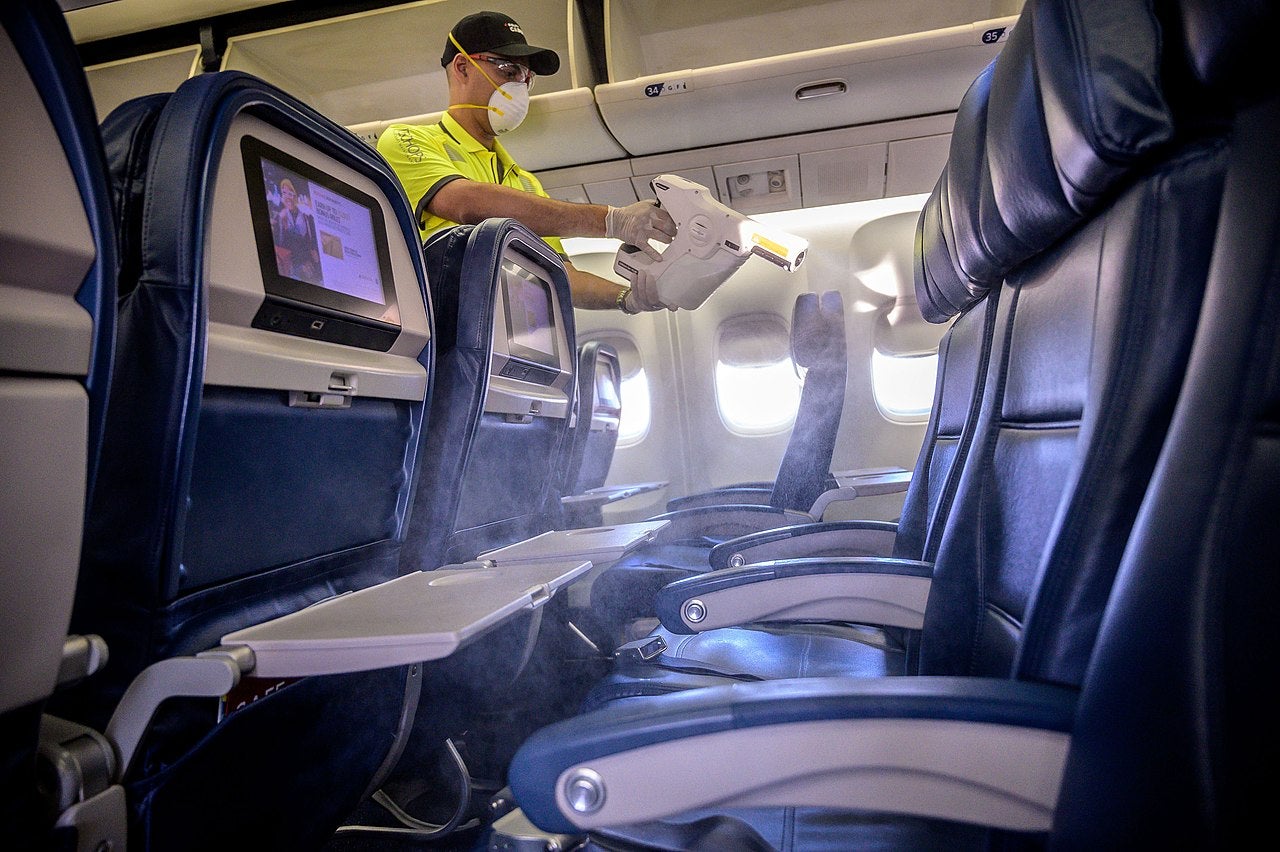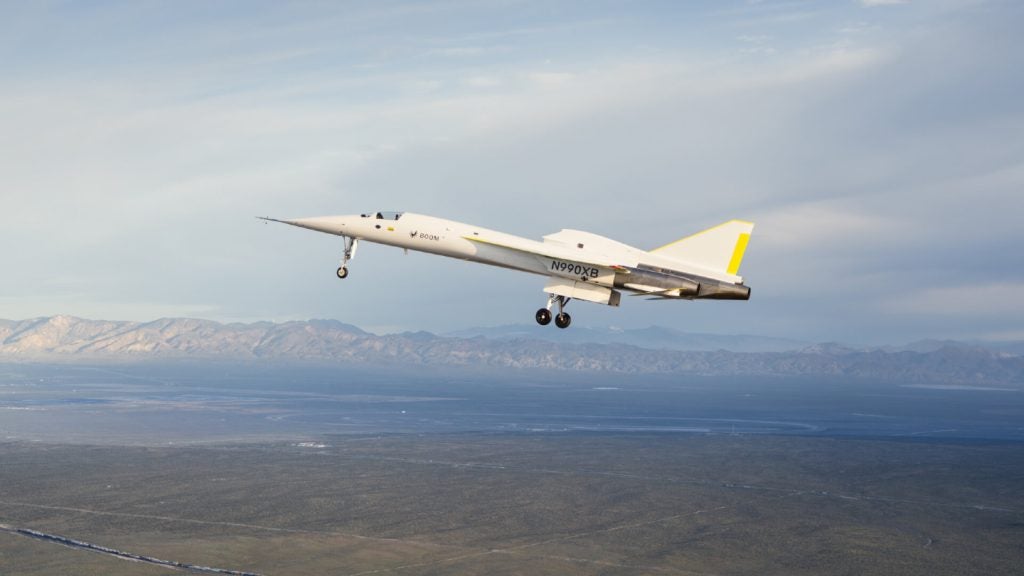
Aviation has been one of the hardest-hit industries by the Covid-19 pandemic. In a July statement, International Air Transport Association (IATA)’s CEO and director general Alexandre de Juniac noted: “Financially, 2020 will go down as the worst year in the history of aviation. On average, every day of this year will add $230m to industry losses. In total that’s a loss of $84.3bn. It means that – based on an estimate of 2.2 billion passengers this year – airlines will lose $37.54 per passenger.”
Central to the industry bouncing back next year is the public feeling safe about flying in the pandemic. To establish just how risky flying is in terms of transmitting and contracting Covid-19, IATA has been tracking the number of confirmed cases linked with inflight transmission. At the time of writing, there have been 50 reported cases of Covid-19 linked with inflight transmission out of well over a billion people who have travelled, according to IATA’s medical advisor Dr David Powell.
Importantly, IATA is very aware these 50 reported cases may be significantly lower than the total number of cases. Powell notes that even if the actual number of cases was 100 times higher than that 50, “it would still be very low” compared to the total amount of passengers. Therefore, Powell concludes that “we are confident that the risk [of catching Covid-19 on a flight] is indeed very low”. In an October statement, de Juniac added: “Nothing is completely risk free. But…the risk of contracting the virus on board appears to be in the same category as being struck by lightning.”
What makes in-flight transmission so low?
These positive conclusions by IATA have been confirmed by studies undertaken by aircraft manufacturers and independent researchers, which have also sought to understand precisely why transmission on aeroplanes is quite so low.
In October, three major aircraft manufacturers – Airbus, Boeing and Embraer – carried out separate computational fluid dynamics simulations using mannequins. These studies – as well as a similar one by the US Transportation Command (TRANSCOM) on a Boeing aircraft supplied by United Airlines – confirmed how effective aircraft airflow systems are at controlling the movement of particles in the cabin, therefore limiting the spread of SARS-CoV-2 (the virus causing the Covid-19 pandemic).
“The air in the aircraft cabin circulates at a very high rate [and] in a controlled manner from the top to the bottom of the cabin,” Powell explains. The air in the aircraft cabin is refreshed 20-30 times an hour on average, roughly ten times more than most office buildings.
How well do you really know your competitors?
Access the most comprehensive Company Profiles on the market, powered by GlobalData. Save hours of research. Gain competitive edge.

Thank you!
Your download email will arrive shortly
Not ready to buy yet? Download a free sample
We are confident about the unique quality of our Company Profiles. However, we want you to make the most beneficial decision for your business, so we offer a free sample that you can download by submitting the below form
By GlobalDataThis recirculated air also goes through high-efficiency particulate air filters, which Powell notes are 99.993% effective at removing bacteria and viruses. Further to this, everyone sits facing the same direction in aeroplanes, which minimises face-to-face contact and “the seat backs act as a barrier between rows”. The TRANSCOM study, for instance, found that maximum exposure from a nearby seat was 0.3% and that a minimum of 54 hours flight hours was required to produce one inflight infection.
The risk of #COVID19 onboard transmission appears to be very low according to five different studies.#FlySafe ✈️ pic.twitter.com/uQxhDVtYnX
— IATA (@IATA) November 12, 2020
Powell adds both Boeing’s and Airbus’ analyses found “particle flow between two adjacent airline passengers in economy class to be equivalent to two people in a normal indoor environment six to seven feet apart”. Wearing masks also reduced the risk; like in other indoor environments, masks provide an “additional layer of protection” during flights, according to Powell. Masking has been recommended by the IATA since June and is now a requirement on most airlines.
An October report published by the Harvard T H Chan School of Public Health concluded that a multiple, layered approach is responsible for low risk of spreading SARS-CoV-2 on an aircraft. This Harvard research was based on all the available data from existing sources and their own modelling. Co-director of the university’s project Aviation Public Health Initiative, which oversaw the study, Dr Leonard Marcus agrees about the importance of an “onboard ventilation system that continuously circles and refreshes the air supply”. Marcus also says that face masks “of any kind” help to prevent the spread of respiratory infectious diseases.
As well as the ventilation system and mask wearing, the Harvard study also noted how important disinfecting planes has been and that airlines should keep this up.
Issues with existing studies
Although IATA acknowledges that the exact number of cases of Covid-19 transmission is probably higher than 50, University of Alabama at Birmingham professor emeritus of infectious diseases David Freedman takes issue with some of IATA’s general conclusions.
IATA cited a paper co-authored by Freedman in the Journal of Travel Medicine as further confirmation that the risk of in-flight Covid-19 transmission is low, particularly when masks are worn. However, Freedman believes IATA misrepresented the report’s top-line finding, which is that “the absence of large numbers of published in-flight transmissions of SARS-CoV-2 is not definitive evidence of safety”.
Freedman notes that although the overall risk of being infected with Covid-19 during a flight is not high, the risk is unlikely to be as low as IATA suggests. “You didn’t test those one billion passengers, so how do you know who got infected?” he says. Powell agrees that “systematic data collection by testing all passengers may give us a much better picture of the rate of in-flight transmission”.
In addition, Freedman explains that many of these models and studies fail to consider the human factor and “the vagaries of human behaviour”. Research to date has relied on mannequins sat down in seats, but Freedman notes that this overlooks certain risk factors, such as when people are using and queuing for the bathroom or de-masking to eat or drink, particularly for long periods of time.
NEWS RELEASE: The ICAO Council adopted a new report and recommendations today aimed at RESTARTING the international air transport system and aligning its global recovery. Find out about it RIGHT NOW – https://t.co/rB1Qbz57N2#aviation pic.twitter.com/WdOgIBM9B8
— ICAO (@icao) June 1, 2020
To try and mitigate some of these problem areas, Freedman says there needs to be reduced cabin food and drink services to avoid unnecessary contact between flight crew and passengers, as well as concerted efforts to keep masks on and minimise bathroom usage as much as possible during the flight.
Boarding and disembarking aircraft is also a troubling flashpoint for Covid-19 transmission. In addition to making social distancing harder, boarding or deplaning is when the highly efficient airflow system – a major barrier to transmission on aircraft – is not turned on.
Freedman explains that these ventilation systems are only on when the engines are running, and “when you get to the gate, the engines are off”. At this point, aircraft can sometimes rely on ground air conditioning, but these may have suboptimal filters and many airports cannot offer it at every single gate. This is a big worry, which is also noted by the Harvard report, for airlines and passengers alike.
Considering the whole journey
Unfortunately, aeroplanes do not exist in isolation. When considering the Covid-19 risks associated with flying, it’s not just the experience on the plane itself that needs to be considered. Freedman notes that airports are very constrained spaces with certain hotspots, including boarding lounges, restaurants and security screening.
Powell acknowledges that “the entire journey needs to be taken into consideration”. He notes IATA is continually working with the International Civil Aviation Organisation (ICAO) on ‘Take-Off Guidance’ that considers the entire passenger journey and a “layered approach of biosafety measures”. At security, for example, the ICAO calls for hand sanitizers, rearranging checkpoints to reduce crowds and queues, markings on the ground to indicate proper distancing and enhanced cleaning protocols.
To fully understand, and then mitigate, the risks associated with transmission at airports more generally, more high-quality research needs to be carried out. Marcus explains that exploring the transmission risk in airports is Harvard’s aim in the next phase of its report, which is expected in the coming months.






